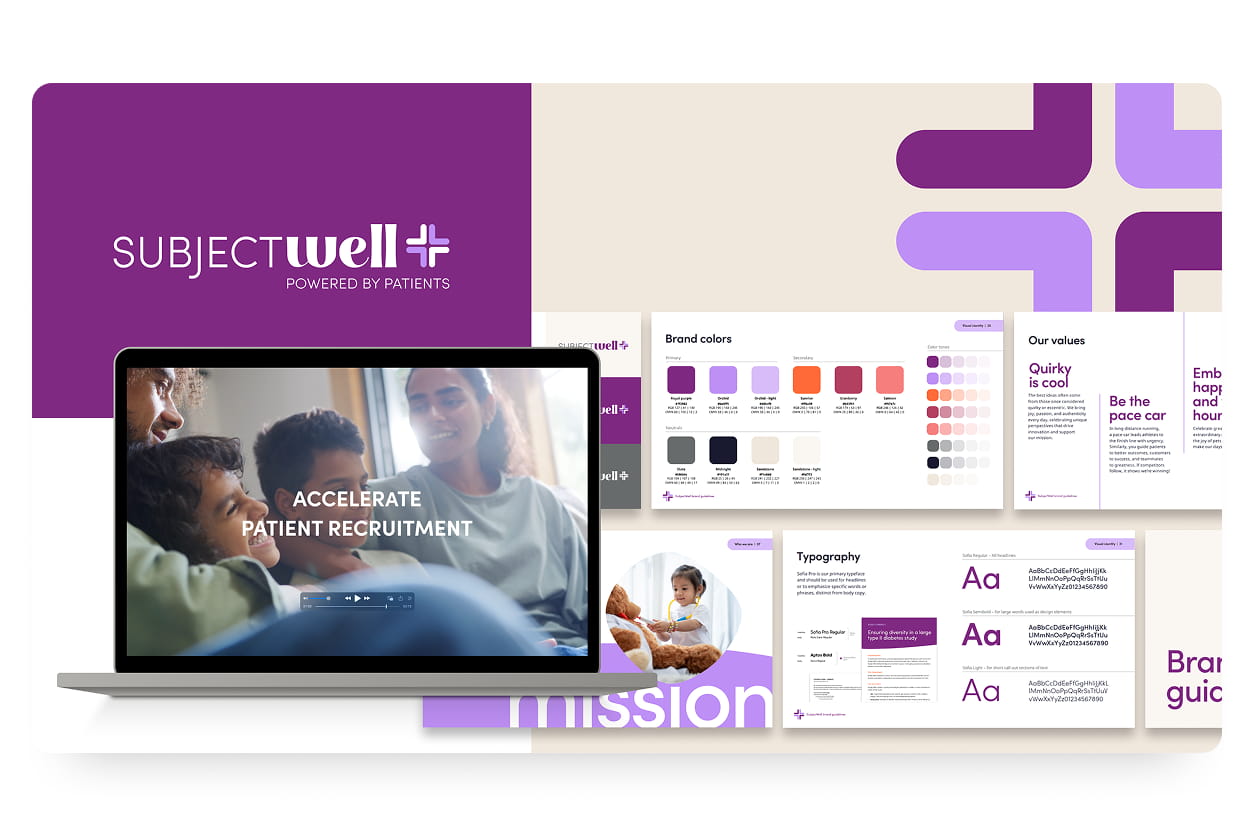
Using the right long tail keywords can help sponsors and CROs drive clinical trial recruitment initiatives.
There are a lot of moving pieces that go into executing a successful clinical trial. Not only are trials expensive to run due to rising R&D costs, but they’re also largely dependent on successful patient recruitment efforts. Recruiting and retaining patients is one of the most challenging aspects of clinical trials – and is often a key factor when trials don’t succeed.
However, the good news is that sponsors and CROs can leverage SEO and paid search strategies – specifically the use of long tail keywords – to drive recruitment efforts. Here’s how long tail keywords can help you reach patients who are actively searching for medical treatment.
What Are Long Tail Keywords?
Keywords tend to come in two varieties: short tail and long tail. Short tail keywords are often one-to-two-word phrases that refer to a broad, general subject like “clinical trials” or “clinical trial recruitment.” However, because they attract large amounts of traffic, short tail keywords can be expensive and difficult to compete for, and might not correspond to high levels of interest.
Long tail keywords aren’t necessarily longer phrases, though they can be. Rather, what differentiates long tail keywords is that they are more specific – instead of “dementia treatment,” a long tail keyword would be along the lines of “dementia treatment near Burlington, VT.” Long tail keywords also generate less traffic than their short tail counterparts – which is actually beneficial for patient outreach initiatives, as it’s often indicative that the searcher has done their research and is closer to taking action.
For this reason, it’s essential for sponsors and CROs to know which long tail keywords to target. By creating content that ranks well for these relevant long tail keywords, you can draw more qualified traffic, improve clinical trial recruitment rates, and keep patient engagement high.
How to Find the Right Long Tail Keywords
There are quite a few considerations that go into choosing the right keywords. First and foremost, not all keywords are created equal, so it’s important for sponsors and CROs to pick the keywords that will best support their digital patient outreach programs.
SEMRush and Google’s related searches are two of the best resources for selecting high-value keywords. SEMRush finds keywords based on competitors’ content and what users are searching for. By entering URLs into SEMRush, the tool will provide a list of the paid traffic and keywords that other sponsors and CROs are targeting. It also allows you to sort by cost-per-click (CPC) to see which keywords are being bid on most.
Google’s related searches generate additional keywords you may want to use based on those you’re already targeting. However, entering initial keywords that are too long or specific may not generate useful results – if any at all – which is why using a tool like HitTail in tandem with Google’s related searches can be helpful. HitTail, which uses a proprietary algorithm to examine your current traffic and determine other long tail phrases to target, can generate new keywords that can then be expanded upon or extrapolated by Google’s related searches.
High Value Doesn’t Have to Mean High Cost
Keywords with higher volume and CPC can definitely lead to impressive conversion rates, but in many cases sponsors and CROs may decide to opt for relevant long tail keywords. Because they’re less in demand, they’re less expensive to bid for and can even result in better conversions than the more popular keywords – making them an essential tool for those looking to make their clinical trial outreach efforts more effective.





